THE GREAT DIVIDE
CAN UNDERSTANDING THE COMPLEXITY OF FARMING HELP TO BRIDGE THE GAP BETWEEN CONSUMER PERCEPTIONS AND FARMING REALITY?
BY LYNDSEY SMITH
If you ask a random person in a grocery store whether he or she’s thought about the farmer who grew the ingredients for the loaf of bread in their hands, you’ll likely get a “no.” Ask that same consumer what he thinks of gluten, GMOs or Roundup, and you might end up having a conversation about all that’s wrong with food production these days.
There’s an interesting, and at times frustrating, difference between the opinions people have about what’s in their food and how it was grown, and their opinion of the farmers themselves. It seems in the hubbub of food fads and cleanses, the actual faces and lives of those who shoulder the most risk in the farming games are lost or have become an afterthought.
Those in farming understand all too well the difficulty of growing a crop. Long hours, significant financial risk and the unpredictability of the weather add up to a high-stakes industry that’s responsible for growing a product every single person on Earth truly needs. It’s no wonder, then, that when a consumer brings up a concern, such as the use of genetically modified (GM) crops, farmers often get defensive.
The trouble is, it’s difficult to have a constructive conversation if you’re already on the warpath. Most consumers just lack the context of how their food is grown. They may not even know their question is all that negative—they’re just asking about something they’ve heard about.
Many farmers want consumers to understand how they farm and what it takes—not because they want a pat on the back, but because many in farming feel that a lack of understanding of how farms operate is eroding the public’s trust in agriculture.
John Kowalchuk grows wheat, barley, peas, soybeans and canola at his farm near Trochu, AB. He’s a one-man show and often puts in 18-hour days during harvest, stopping only for a short night of sleep or an afternoon catnap, to make sure the crop ends up in the bin.
When it comes to controversial topics, such as GMOs or pesticide use, Kowalchuk said he wants consumers to better grasp the level of research and regulation that governs what farmers can access. There’s no hesitation in his house to use canola oil made from GM canola varieties, or to buy bread from conventionally produced wheat, because Kowalchuk knows they are safe products.
“I want consumers to understand that there are labels that explain how a product, such as a pesticide, may be safely used. I follow those labels to the letter because I’m growing someone’s food. I’m growing my family’s food. That’s really important to me,” Kowalchuk said.
Kelly Turkington is a plant pathologist with Agriculture and Agri-Food Canada. In layman’s terms, he’s an expert on the diseases that impact Canadian crops. Turkington said that while farmers are frustrated at times by being misunderstood or in the minority, agriculture researchers are often in the same boat. And that’s a concern because researchers play a significant role in serving both the consumer and the farmer.
“How many people know a real scientist? What does a scientist look like? Most would probably say they wear lab coats and work in a laboratory. But for agriculture research scientists, farm fields are our labs,” he said. When it comes to agricultural research, the scientists are at the mercy of Mother Nature 24 hours a day.
Turkington said he wants consumers to understand that farmers are up against some serious challenges when they put a crop in the ground. Even ignoring the financial risk and the weather, there are still weeds, diseases and insects to contend with. “A farmer can be following the latest recommendations—diverse crop rotations, ideal soil fertility and correct plant densities—and still end up with significant crop losses from a disease that blows in from the U.S.,” he said.
Research scientists like Turkington are constantly working to solve disease and insect problems. What’s sometimes frustrating for him is that he sees the positive progress farmers have made on several sustainability fronts—such as reduced or zero tillage, the practice of minimum soil disturbance by forgoing annual tilling—but that progress isn’t celebrated.
“Farmers have done a great job at adapting their land management to shift away from tillage, but consumers are completely unaware of that shift—they don’t know there could be major dust storms every summer or ditches full of eroded soil. Those things hardly happen now because of changes farmers have made,” he said.
Patrick Kunz farms near Beiseker, AB, and he’ll be the first to tell you he welcomes questions about how he farms and why he makes the management decisions he does. He’s also keen on change—recognizing that criticism is sometimes warranted and that farmers need to be open to trying something new and shifting gears away from how they’ve always done things.
Agriculture—the production of food—happens in a biological system. Biology is life; every change, an addition or a subtraction, impacts something else, for worse or for better. Too often, when a particular tool—herbicides or biotechnology, for example—is criticized, the conversation centres on the perceived risks or the unknown. But what many of these concerns or these calls for bans and avoidance fail to take into account is the cascade of consequences that can occur if farmers stop using a certain tool.
Let’s use glyphosate, the popular weed killer commonly known by its trade name Roundup, as an example. This non-selective herbicide is quite likely the only crop chemical many urbanites can name. Ignoring some of the controversy for a moment, Kunz said he’d like to see consumers understand that the reduction in tillage on his farm means adapting his weed management practices as well.
“We’re still working at improving land impacted by tillage,” Kunz said. Glyphosate and other herbicides allow him to reduce or eliminate tillage on his land. That means using less fuel to produce the same crop. It also means his land stores more carbon in the form of soil organic matter. Less tillage also means less erosion or movement of soil and soil nutrients through wind or water movement. Tillage isn’t a chemical and it’s not made in a lab, but it can have negative environmental consequences, and Kunz wants everyone to know.
He understands that consumers have concerns and questions about farming, and his goal is to show people that farmers like him are committed to constantly improving. “We haven’t reached some pinnacle of farming,” Kunz said. “I don’t think for a moment I’m farming how I will be farming in 20 years, and that’s not a bad thing.”
Unfortunately, Kunz has limited means of connecting with consumers these days. “Twitter is great, but there’s so much nuance in farming, so many trade-offs. You can’t explain that complexity in 140 characters,” he said.
To that end, Kunz has organized an informal gathering of friends and friends-of-friends to join him at his feedlot for a tour and some productive dialogue. Kunz hopes the face-to-face interaction will allow him to share and explain more of the complexities of farming, so that the next time these consumers have questions or concerns, they’ll reach out to him first instead of just assuming the worst of the farming industry.
And he won’t stop his one-man awareness campaign anytime soon. “I’ve got four kids. I farm with my brother and he has three kids. The land we farm is the land they will farm, we hope, and we really do want to leave it in better shape for them than it is even now,” he said.




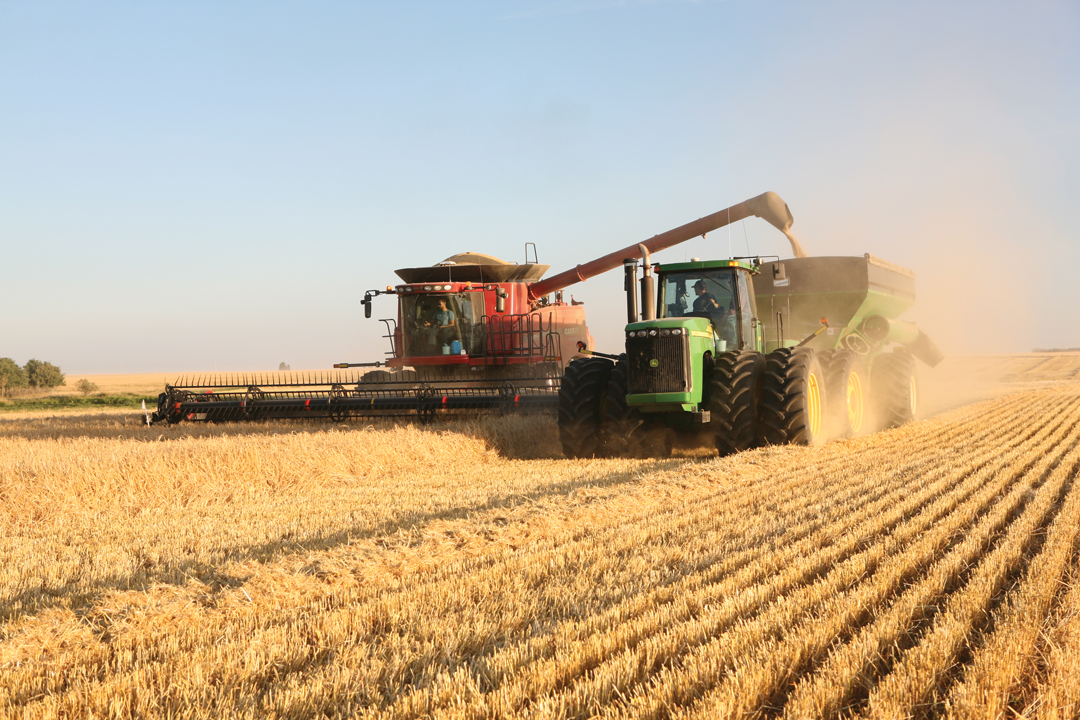
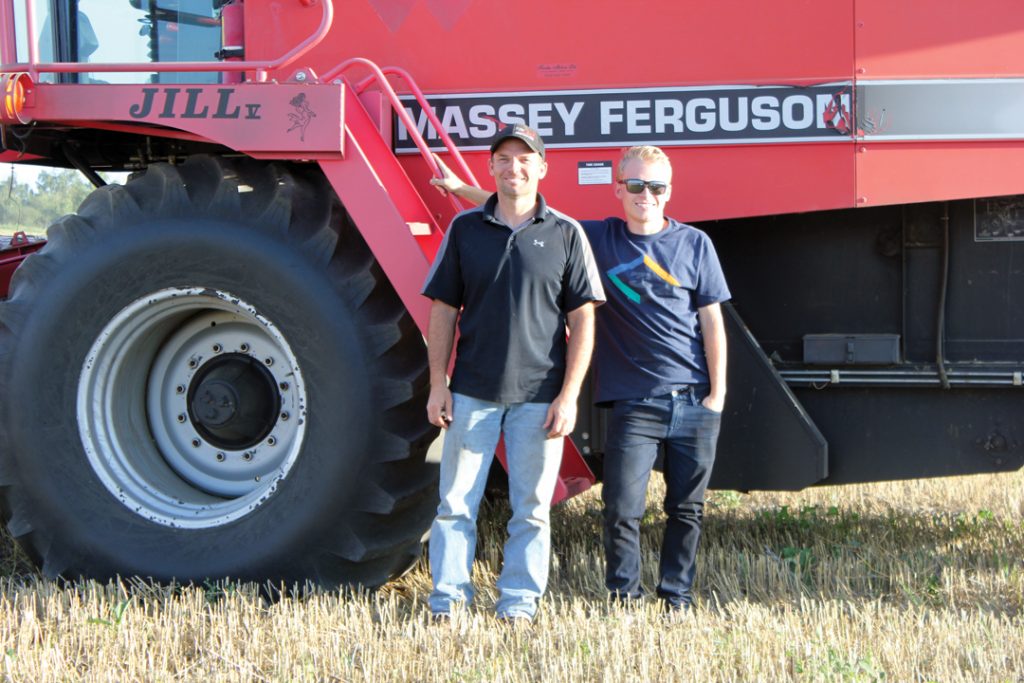
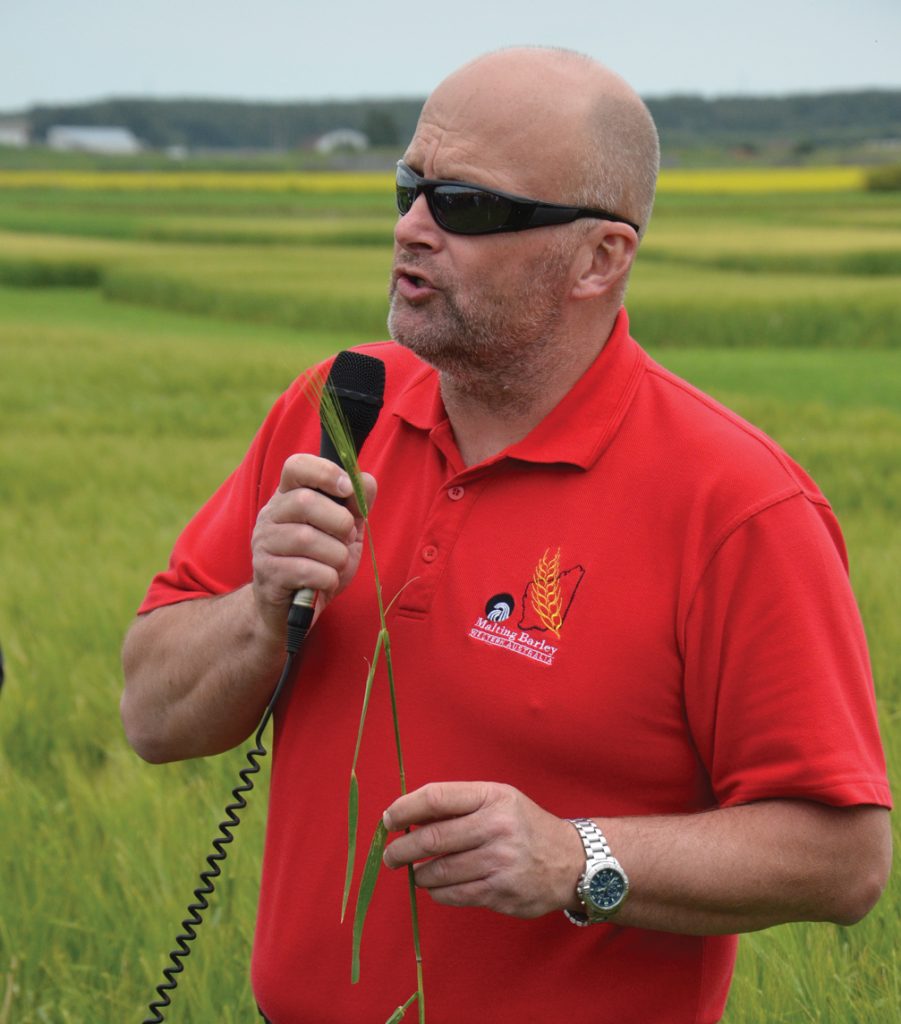

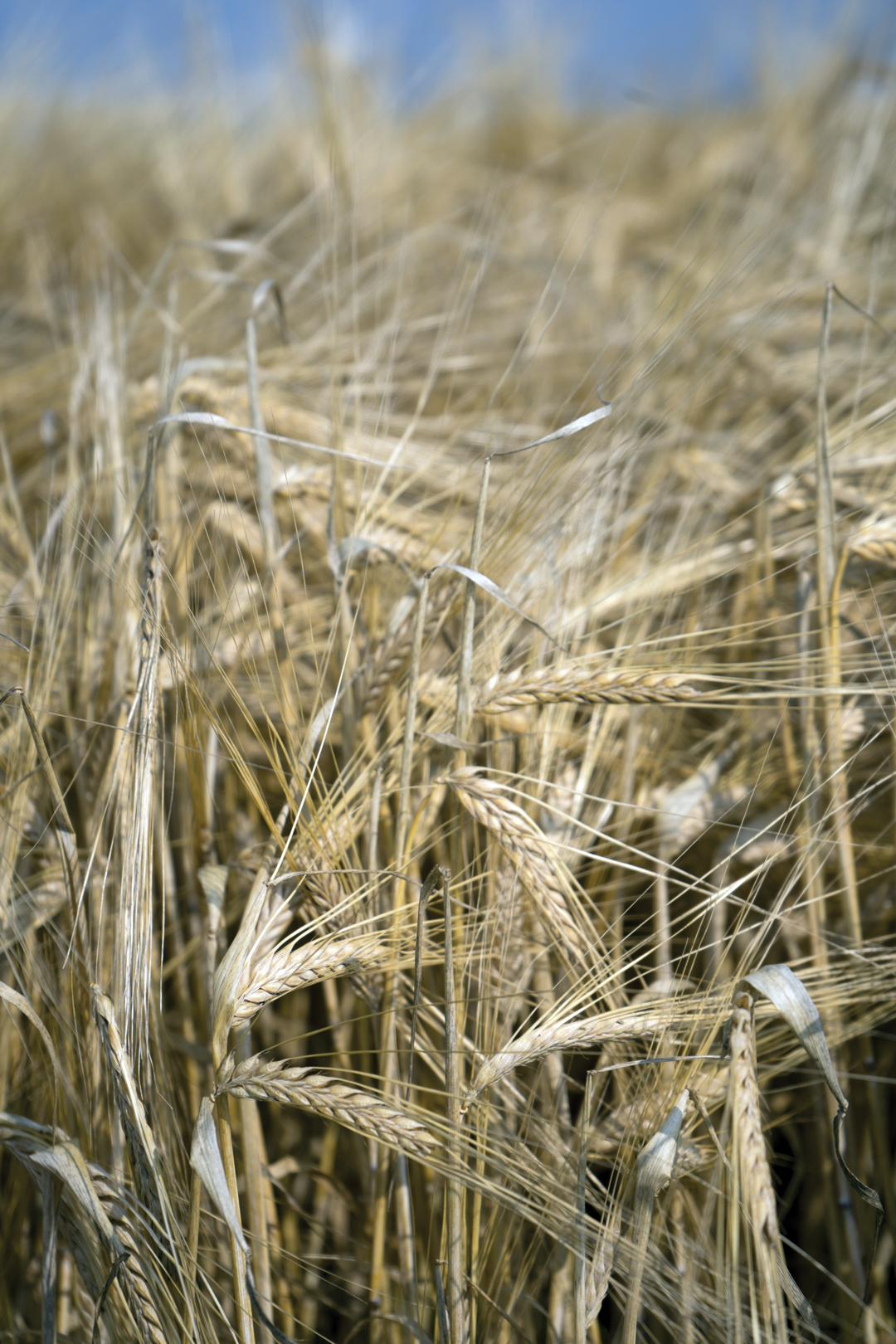
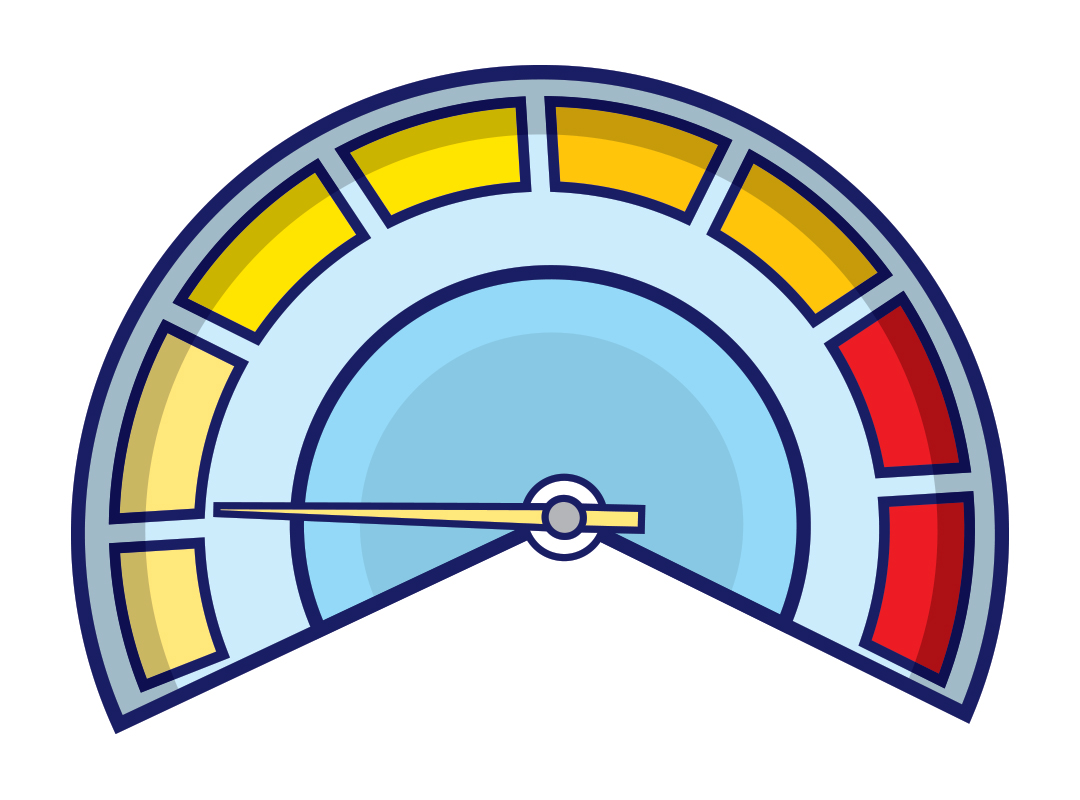
Comments